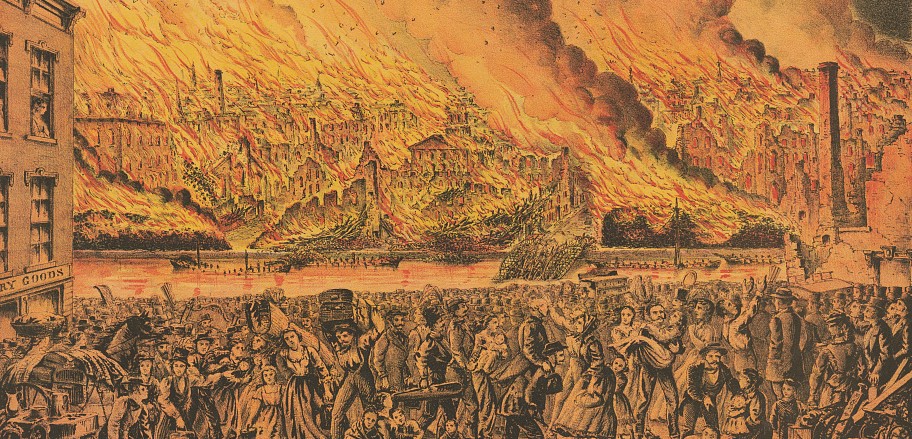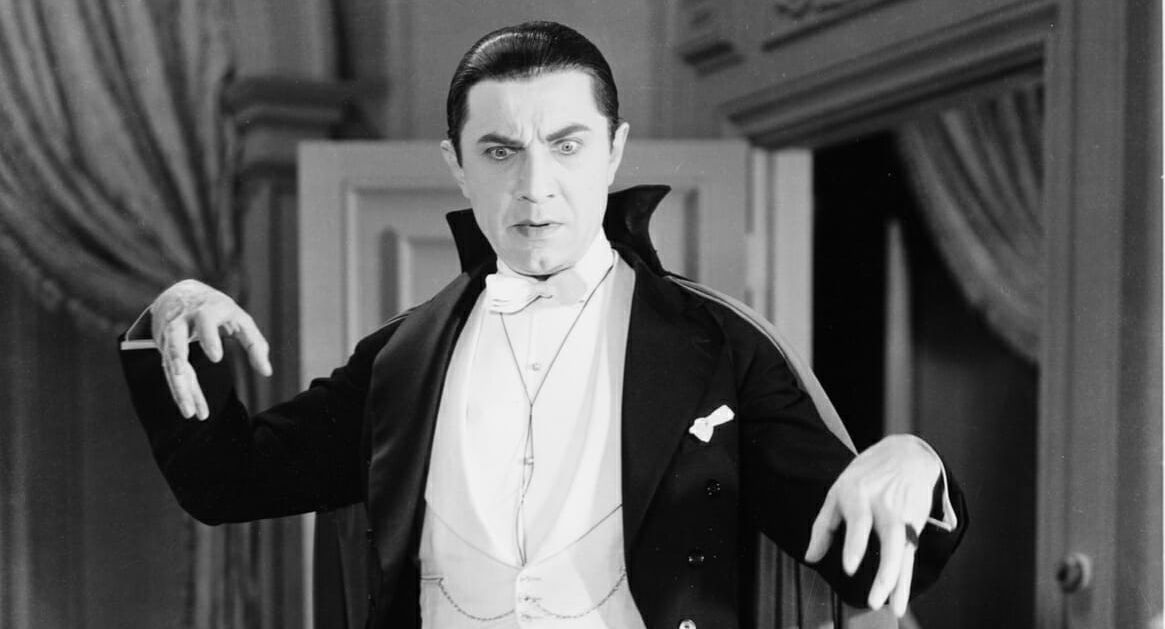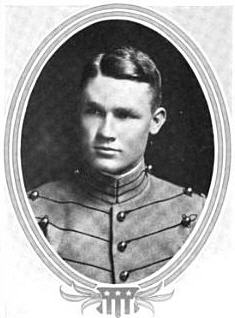Editor’s Note: On October 8, 1871, the Great Chicago Fire destroyed close to three square miles of the city, claimed an estimated 300 lives, and left some 90,000 homeless. Surprisingly, there has not been a major, carefully researched book on the fire until Chicago's Great Fire: The Destruction and Resurrection of an Iconic American City, from which this is excerpted and adapted. Author Carl Smith is a professor emeritus of English, American Studies, and History at Northwestern University.



